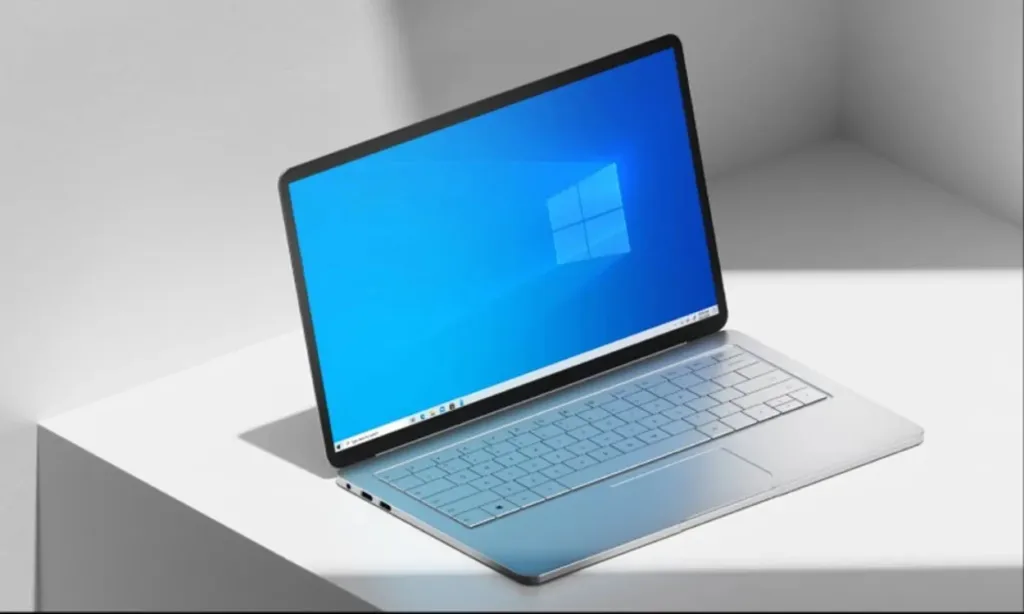
Following the introduction of Windows 11 in 2021, Microsoft has announced that support for Windows 10 will conclude on October 14, 2025. This implies that Windows 10 will no longer receive security updates, feature enhancements, or official assistance from Microsoft. However, to accommodate the needs of commercial and educational organizations, Microsoft has introduced a subscription-based model allowing them to continue using Windows 10 beyond 2025.
Under the Windows 10 Extended Security Update (ESU) program, commercial entities and educational institutions can enroll their devices for continued support. For commercial customers, the subscription fee is structured as follows: $61 per device for the first year, $122 for the second year, and $244 for the third year, totaling $427 for three years of support per device. Microsoft has also indicated that there will be special pricing considerations for nonprofit organizations.
Similarly, educational institutions can opt into the program by paying $1 per device for the first year, $2 for the second year, and $4 for the third year, amounting to a total of $7 for three years of Windows 10 support per device.
While Microsoft has yet to disclose the pricing structure for consumers, it is anticipated that this information will be provided at a later date.
Business customers utilizing Microsoft’s cloud-based update management solutions like Microsoft Intune or Windows Autopatch will enjoy a 25% discount, reducing the subscription fee to $45 per device for the first year.
Starting October 2024, customers can enroll in the Windows 10 ESU program. While the licensing fee for education customers remains low, businesses will face a significant cost to extend support beyond 2025. This scenario may prompt commercial organizations to transition to Windows 11. However, the new hardware requirements for Windows 11 could render many Windows 10-running PCs incompatible.
Many speculate that Microsoft has intentionally set the subscription fee high to incentivize businesses and consumers to transition to Windows 11. According to Statcounter, Windows 10 remains dominant, running on 69% of desktop PCs, while Windows 11 holds a mere 26% share.
Are you currently using Windows 10, and what barriers are preventing you from upgrading to Windows 11? Share your thoughts about this news in the comments below.

0 Comments